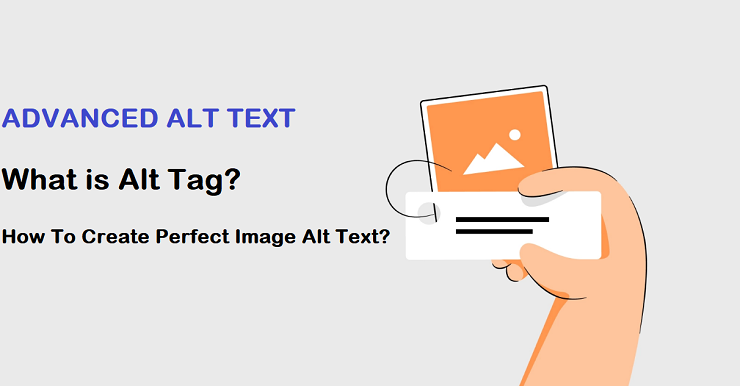When it comes to images on your website or blog, the “alt text” is one of the most important things to think about.
Alt text is the text that appears in place of an image if the image can’t be displayed for some reason. It’s sometimes referred to as “alternative text” or “alt tag.”
Alt text (alternative text) is an attribute of an image that describes the image to visually impaired users. The alt text can be used to provide context or a summary of the image.
Alt text is not displayed on the page but is used by screen readers instead. Screen readers are software programs that read aloud the textual content of a web page for users who are blind or have low vision.
An image’s alt text should describe what the image is, not how it looks. For example, if you’re using an image that shows a person standing in front of a building, your alt text should say something like “a man standing in front of a building” and not “a young man standing next to a blue building.”
The primary purpose of alt text is to provide a text-based alternative for visitors who can’t see the image for whatever reason. This could be because they’re using a screen reader due to visual impairment or because they’re browsing the web on a slow connection and the image hasn’t loaded.
Alt text is also important for search engine optimization (SEO). That’s because search engines can’t “see” images the way humans can, so they rely on the alt text to understand what an image is about.
When adding images to your website or blog, always take the time to add alt text. And make sure that your alt text is accurate and descriptive.
Here are a Few Tips for Creating Perfect Image Alt Text:
1. Keep it short and to the point
Alt text should be short and to the point. There’s no need to write a novel; just a few words will do.
2. Use keywords
Alt text should include keywords that characterise the image. It will increase the visibility of your photographs in search engines.
3. Avoid jargon
Don’t use jargon or technical terms in your alt text. Keep your language simple so that everyone can understand it.
4. Be specific
Don’t be too general in your alt text. Be specific and describe exactly what is shown in the image.
5. Make it relevant
Make sure that your alt text is relevant to the content around the image. This will help search engines understand the context of the image and how it relates to the rest of the page.
Final words About Image ALT Text
The bottom line is that image alt text is important. It’s an essential part of making your website or blog accessible to everyone, and it can also help you boost your SEO.
When adding images to your site, always take the time to add alt text. And make sure that your alt text is accurate, descriptive, and relevant.
In addition, the SEO Course in Noida will teach you how to optimize your content for search engines. This course is for you if you’re looking for a way to get more traffic and sales from organic searches.

